The 21 Easiest Guitar Chords for Beginners
Learning how to play the guitar can be a fun and rewarding experience, but it can also be a little daunting for beginners. There are so many different chords to learn, and it can be difficult to know where to start.
In this blog post, we will discuss 21 of the easiest guitar chords for beginners. These chords are simple enough that anyone can learn them, but they still sound great when played in songs. If you’re just starting out, these 21 chords should be your first priority!
Related: 19 Different Types Of Guitars With Pictures
A major chord
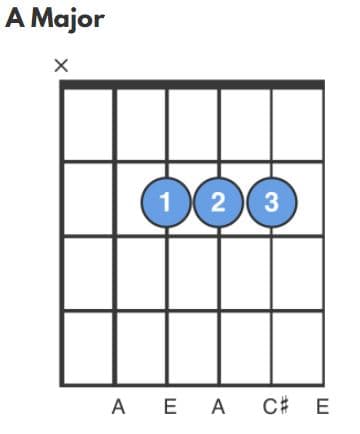
A major chord is one of the easiest guitar chords for beginners. To form a major chord, press your first finger (index finger) on the third string of the guitar at the second fret. Your second finger goes on the fourth string at the third fret. Finally, put your third finger on the fifth string at the fourth fret.
B major chord
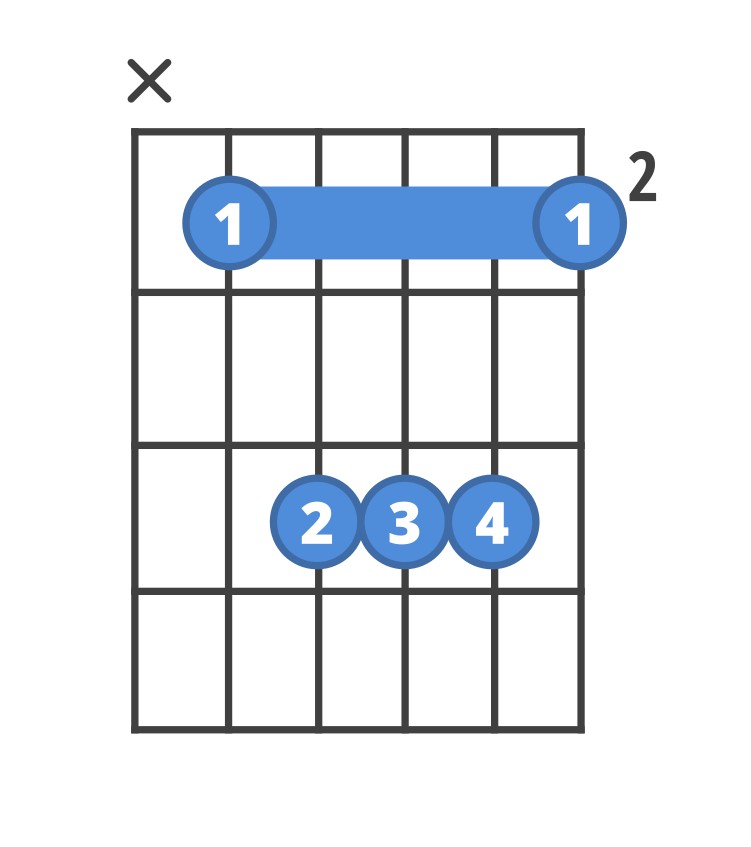
The B major chord is one of the first chords most guitar players learn. It’s easy to play and only requires two fingers. Simply place your second finger on the third fret of the fifth string and your first finger on the second fret of the fourth string. Strum all six strings.
C major chord
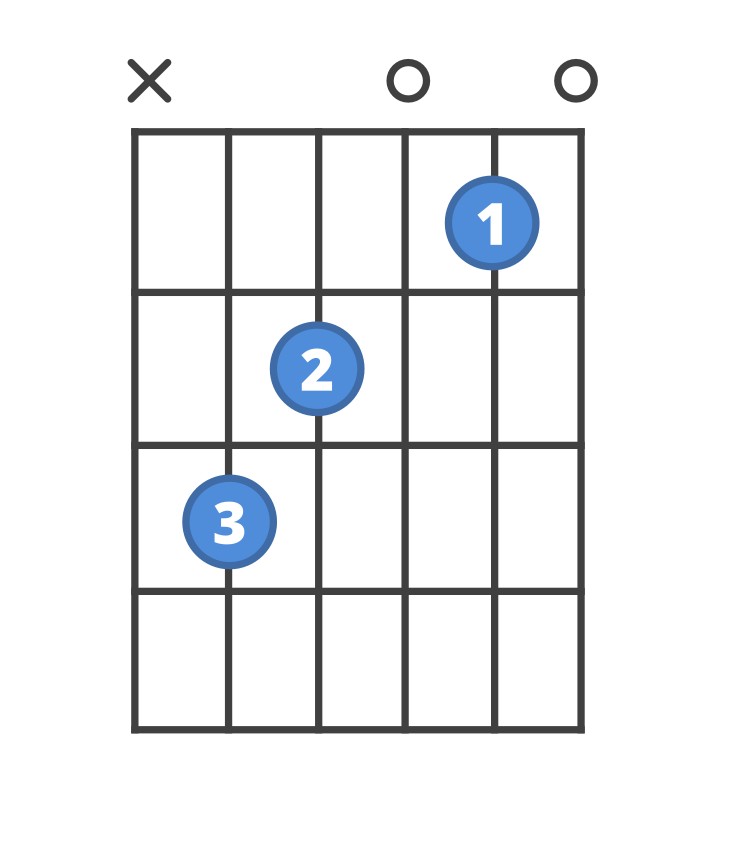
The C major chord is one of the most basic guitar chords there is. It consists of only three notes – C, E, and G.
To play a C major chord, all you have to do is place your middle finger on the second fret of the A string, ring finger on the third fret of the D string, and index finger on the first fret of the B string. Strum all six strings together and you’ve got yourself a C major chord!
D major chord

D major chord is one of the easiest guitar chords for beginners. In order to play this chord, you need to place your index finger on the second fret of the A string and your ring finger on the third fret of the D string. You can also use barre chords if you want to make things a bit easier.
E major chord
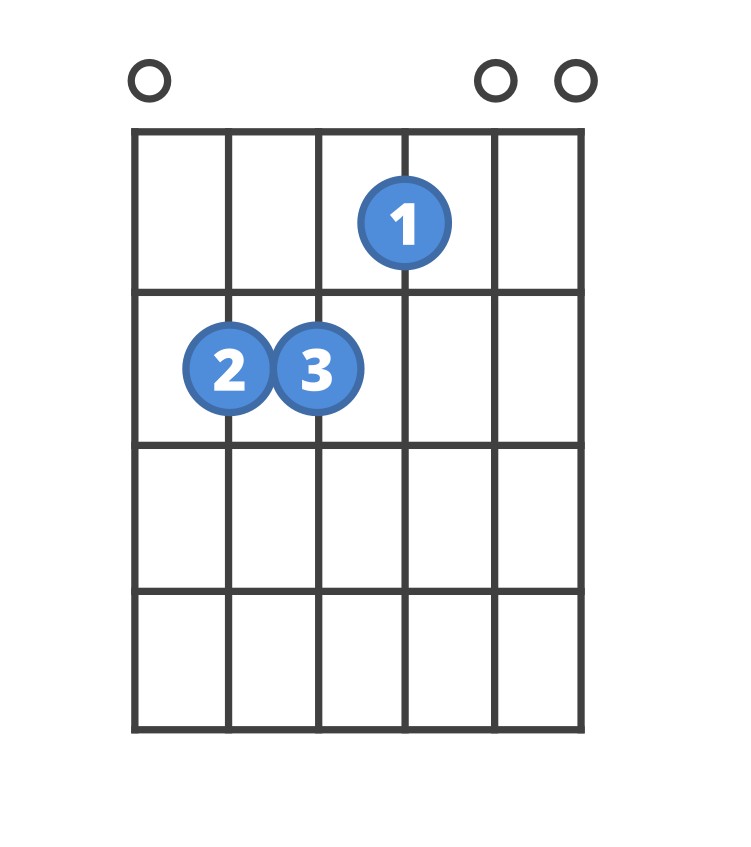
The E major chord is one of the easiest chords to play on the guitar. All you need to do is place your first finger on the second string from the bottom, and your second finger on the fourth string from the bottom. Then, pluck all six strings with your pick simultaneously.
F major chord
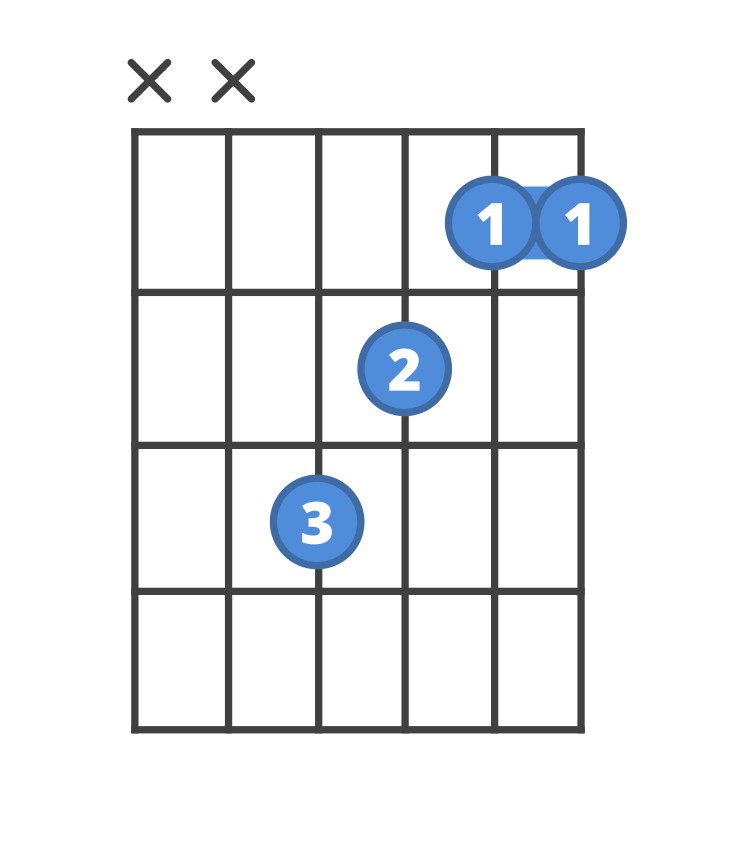
The F major chord is one of the first chords that beginner guitar players should learn how to play. It’s a very common chord and can be used in a variety of different songs.
The F major chord is made up of the notes F, A, and C. To play an F major chord, you simply need to place your fingers on the correct frets on the guitar.
G major chord
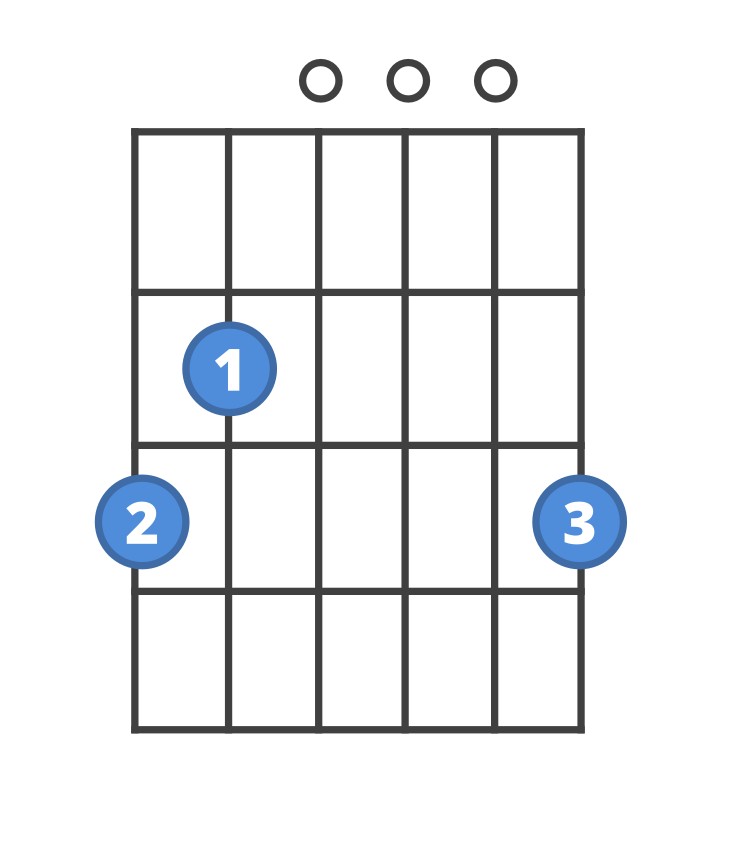
The G major chord is one of the easiest chords to play on the guitar, and it’s a great chord to start with for beginners. The G major chord is made up of three notes: G, B, and D.
To play a G major chord, all you need to do is place your middle finger on the second fret of the low E string, your index finger on the first fret of the A string, and your ring finger on the second fret of the high E string. Strum all six strings, and you’re playing a G major chord!
A minor chord
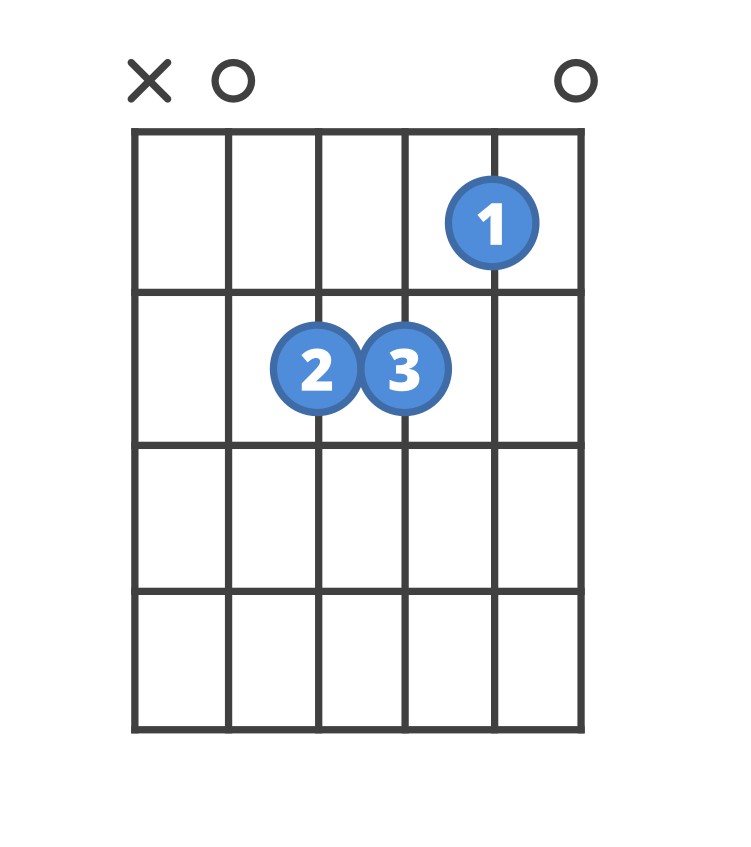
The A minor chord is another easy chord to play on the guitar, and it’s a great one to learn early on in your guitar-playing journey.
To play an A minor chord, place your first finger on the second fret of the fifth string. Then, place your second finger on the third fret of the fourth string. Finally, place your third finger on the second fret of the third string. Strum all six strings at once, and you’ve just played an A minor chord!
B minor chord
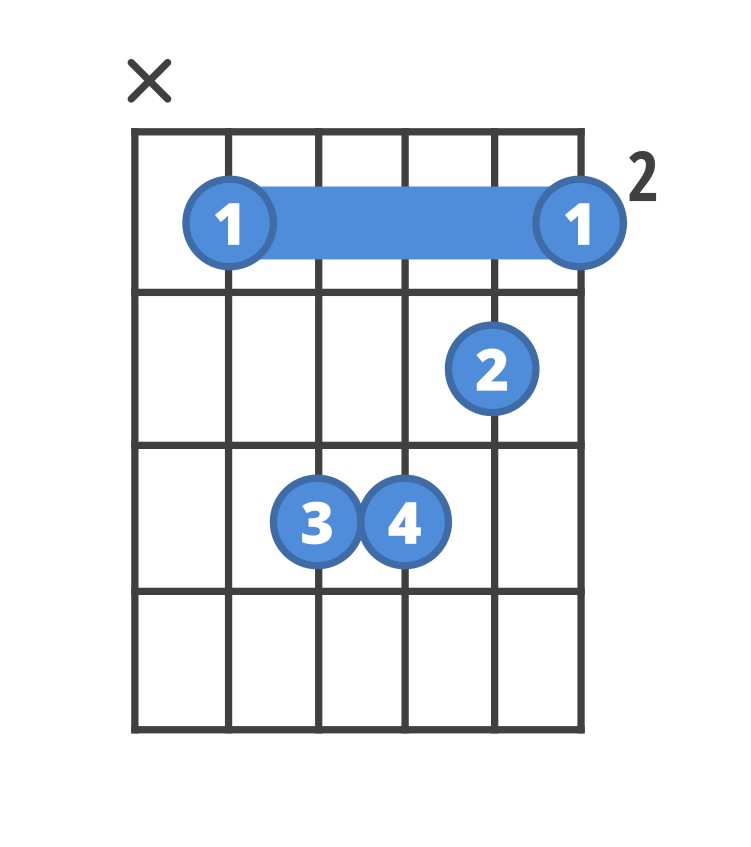
The B minor chord is one of the easier chords to play on guitar. It is made up of the notes B, D, and F. To play this chord, place your first finger on the second fret of the A string, your second finger on the second fret of the D string, and your third finger on the third fret of the G string. Strum all of the strings together.
C minor chord

The C minor chord is one of the easier guitar chords for beginners. To play this chord, you will need to place your index finger on the first fret of the high E string and your ring finger on the third fret of the low E string. You will also need to hold down the A string at the second fret with your pinky finger.
D minor chord
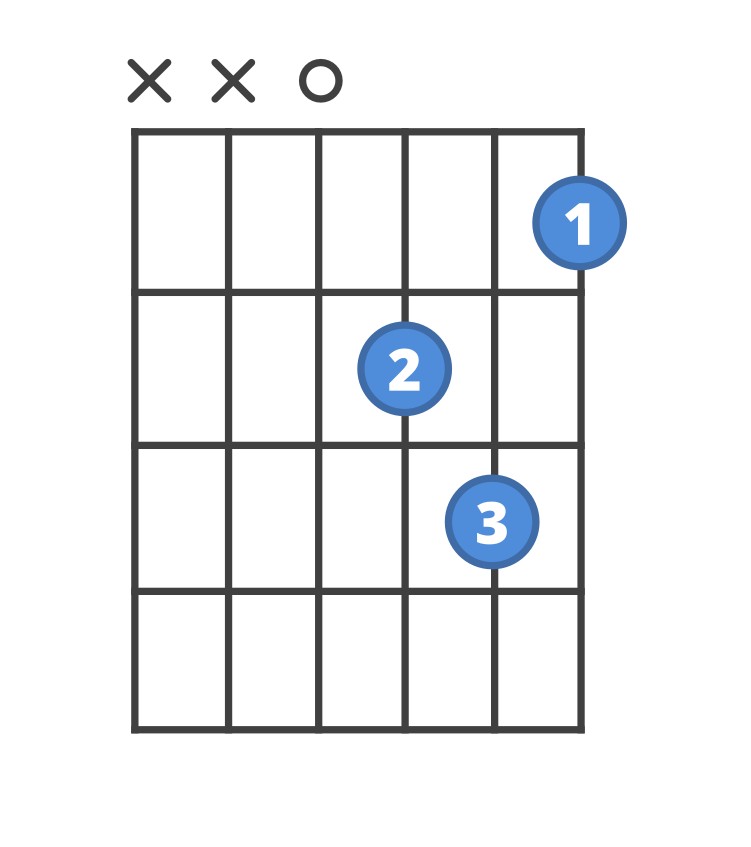
The D minor chord is composed of the notes D, F, and A—the first, third, and fifth notes of the D minor scale.
To play a D minor chord on your guitar, place your index finger on the second fret of the third string. Next, place your middle finger on the third fret of the second string. Finally, place your ring finger on the third fret of the first string.
E minor chord
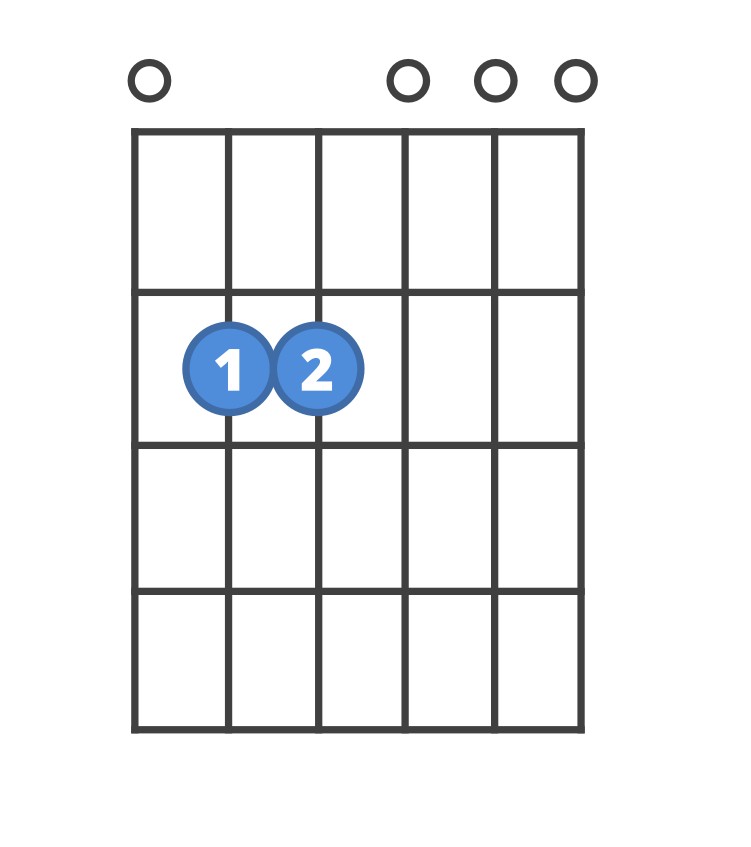
An E minor chord is another one of the basic guitar chords that every beginner should learn how to play. To form an E minor chord, all you have to do is place your middle finger on the second fret of the A string, your index finger on the first fret of the D string, and your ring finger on the third fret of the G string.
Now strum all six strings together. You should be getting a pleasant sounding E minor chord! As with all chords, make sure to practice holding this chord shape before you try to move on to the next one.
F minor chord
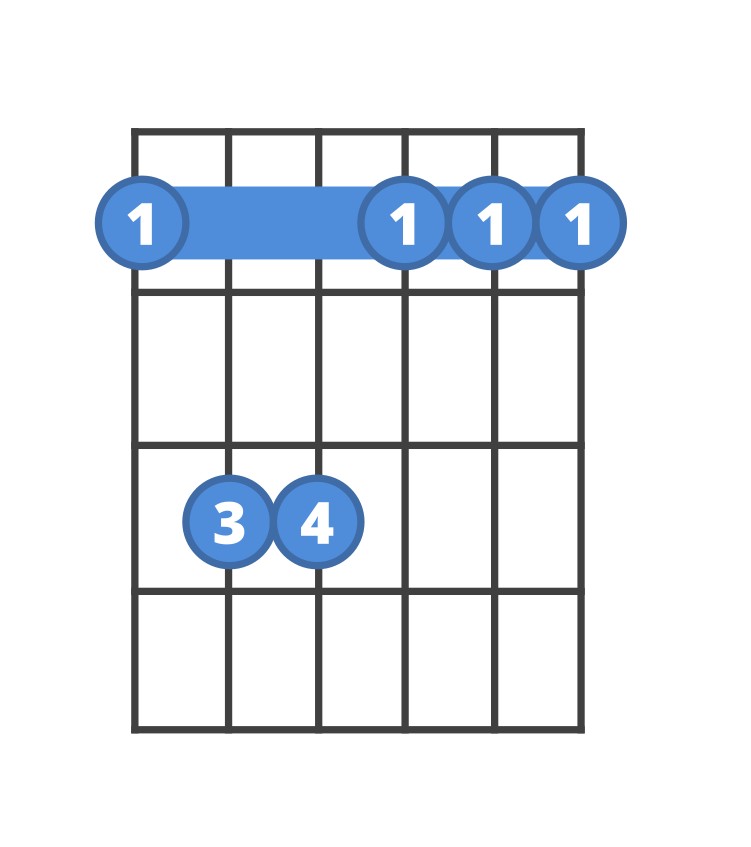
The F minor chord is a basic minor chord and one of the easiest for beginners to learn. The minor scale is the natural minor scale, so the F minor chord uses the notes F, A♭, and C.
To play an F minor chord, place your first finger on the first fret of the low E string, your second finger on the second fret of the A string, and your third finger on the third fret of the high E string.
G minor chord
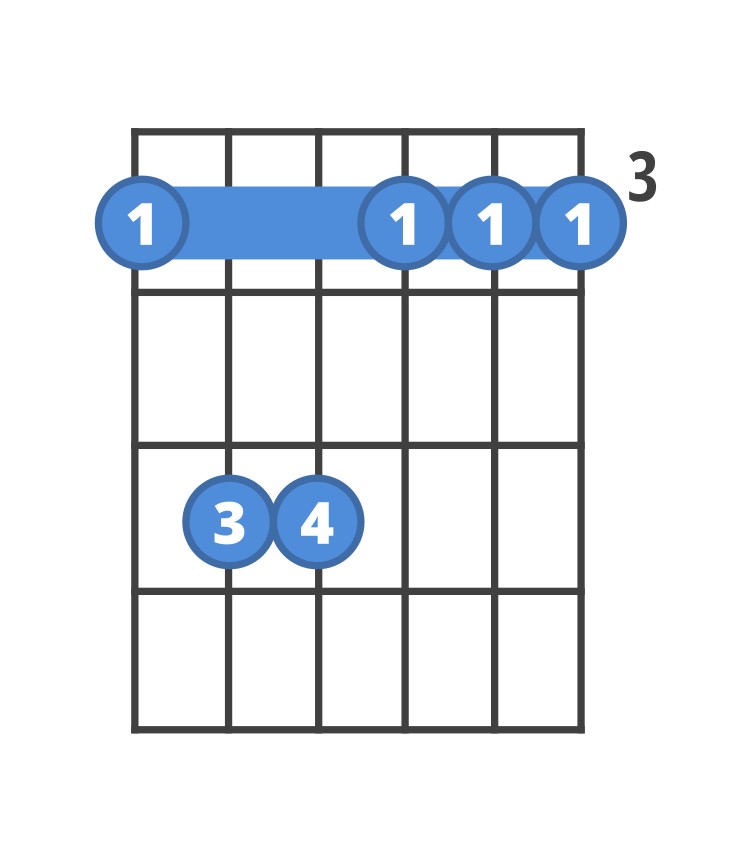
The G minor chord is one of the easiest chords to play on the guitar. It is made up of only three notes: G, Bb, and D.
To play this chord, place your first finger on the third fret of the low E string, your second finger on the second fret of the A string, and your third finger on the third fret of the high E string. Strum all six strings together to play the G minor chord.
A7 chord
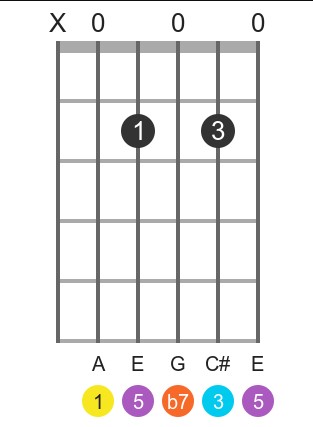
The A seventh chord is a great beginner chord that’s easy to play and sounds good too. To make an A seventh chord, you just need to hold down the first fret on the second string with your pointer finger, and then hold down the fourth fret on the same string with your middle finger. Finally, strum all six strings.
B7 chord
The B seventh chord is a great beginner guitar chord. It’s easy to play and sounds good too. To make a B seventh chord, you just need to play the notes B, D, F sharp and A on your guitar. Practice playing this chord until it feels comfortable for you. Then add it to your song repertoire!
C7 chord
One of the easiest guitar chords for beginners is C minor seventh (Cmaj Seventh). This chord can be played in first position and has a very sweet sound. To play this chord, place your third finger on the second fret of the A string and your fourth finger on the third fret of the D string. Strum all six strings.
D7 chord.
The D dominant seventh chord is made up of the notes D, F, G, and C. To play this chord, place your first finger on the second fret of the low E string, your second finger on the third fret of the A string, your third finger on the second fret of the high E string, and your fourth finger on the first fret of the D string.
E7 chord
This chord is one of the easiest to play on guitar. It’s made up of the notes E, G, B and D. To make this chord, hold down the first fret on the fifth string with your left hand and pluck the string with your right hand.
Then, hold down the second fret on the fourth string with your left hand and pluck the string with your right hand. Next, hold down the second fret on the third string with your left hand and pluck the string with your right hand. Finally, hold down the first fret on the second string with your left hand and pluck the string with your right hand.
F7 chord
The F7 chord is one of the more challenging chords for beginners. This is because it requires you to stretch your fingers quite a bit. The good news is that once you learn how to play this chord, it will be much easier to play other chords that require similar finger movements. To play the F7 chord, place your first finger on the second fret of the low E string. Next, place your second finger on the third fret of the A string. Finally, place your third finger on the third fret of the high E string.
G7 chord
G7 chord is one of the most essential chords for beginners. It’s often called a “cowboy chord.” This shape is based on the G major chord, and all you have to do is add a seventh note to it.
Should I learn notes or chords first?
This is a common question that beginner guitar players ask. The answer, as with most things in life, is “it depends.” Some people find it easier to learn chords first and then learn the corresponding notes. Others find it more helpful to learn the notes on the fretboard and then memorize the chords that correspond to those notes. Ultimately, it doesn’t matter which method you use as long as you eventually learn both the notes and the chords.
One benefit of learning chords first is that it can help you better understand how music theory works. When you break a chord down into its individual notes, you can see how those notes work together to create harmony. This can be a helpful way to visualize how music theory works.
However, some people find it easier to learn the notes first and then memorize the chords. This method can be helpful because it allows you to see the fretboard in a more linear fashion. You can start by learning the notes on one string and then move on to the next string. Once you know all the notes on all the strings, you can start memorizing chords.
Related: How To Read Guitar Sheet Music For Beginners | How To Read Guitar Tabs | Common Symbols Found When Reading Guitar Tabs
Conclusion
So there you have it – the 21 easiest guitar chords for beginners! Practice these chords and you’ll be sounding like a pro in no time. And if you’re looking for more help learning how to play the guitar, be sure to check out our other posts on beginner tips and tricks. Thanks for reading!







